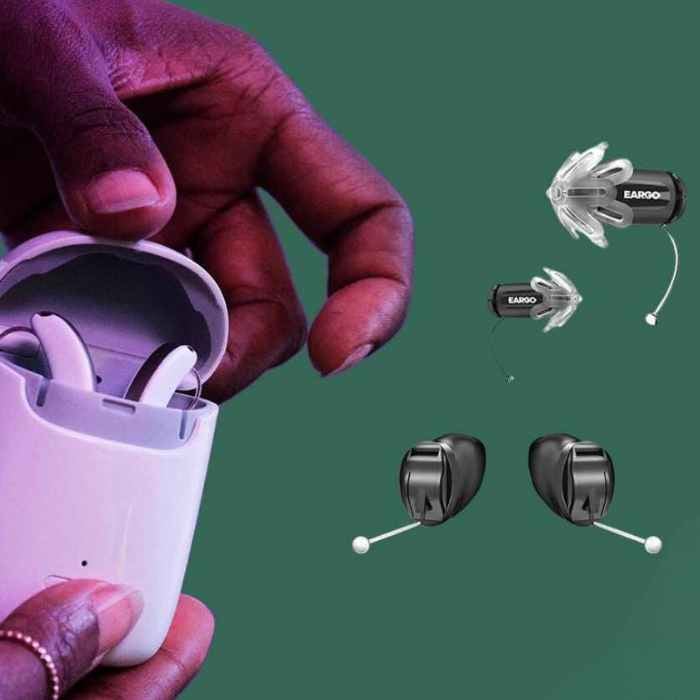While hearing loss is more common as we age, millions of younger adults also experience hearing loss and benefit from hearing aids.
I got hearing aids at age 30, and I've been surprised at the range of modern technology for people of all ages.
If you are a younger person (or young at heart), this guide is for you.
I'll break down my hearing aid experience and give some insights on what you might look for.
Note: If you are researching for someone under 18, you’ll want to work with a pediatric audiologist who specializes in children’s hearing aids. This guide is focused on products available to adults over 18.
Resetting Expectations
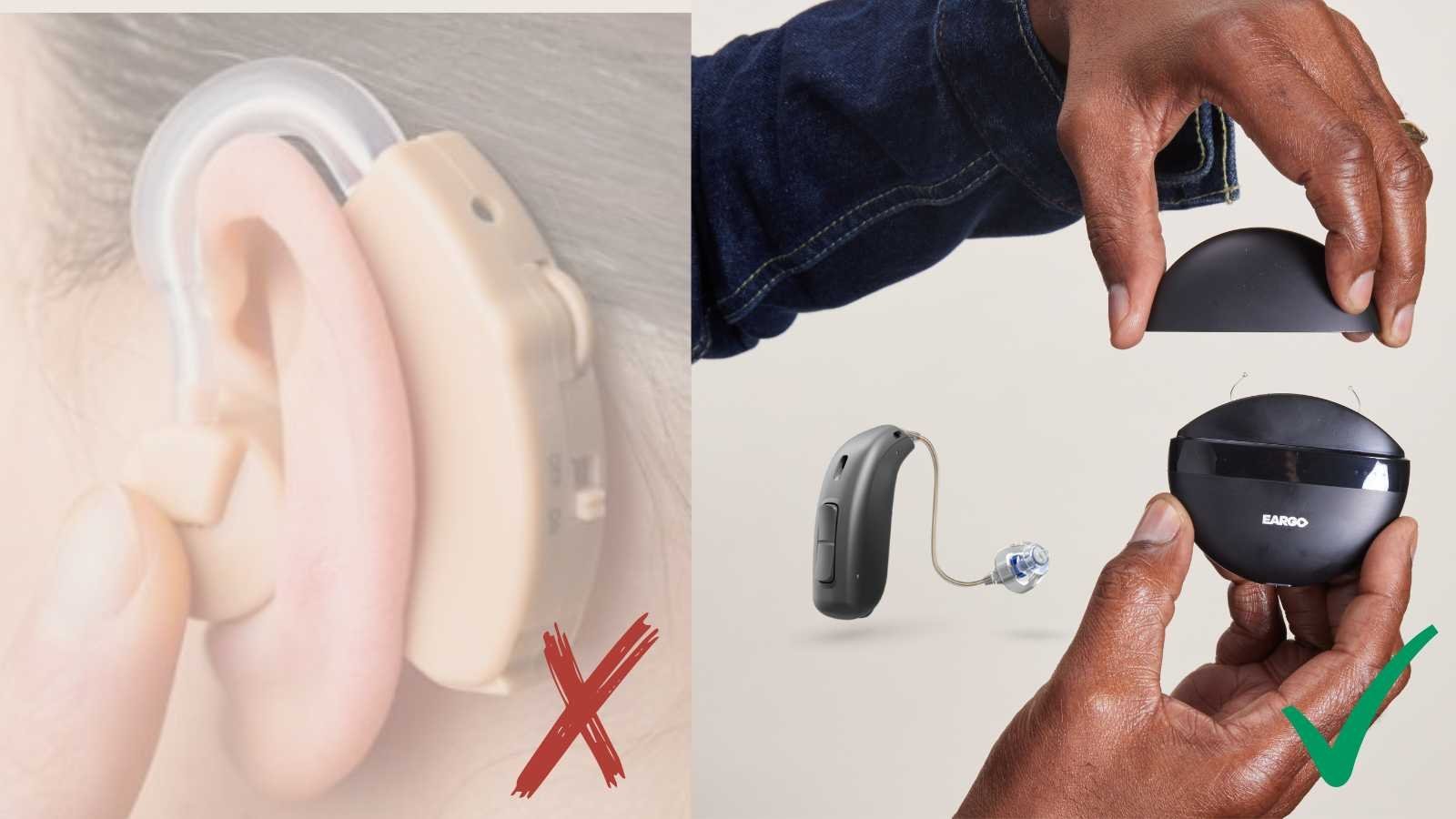
As a young person with hearing loss, one of the first things I wanted to know was whether hearing aids had evolved in recent decades. I have distinct memories of my grandparents' large, beige, and constantly squealing devices. I think I Googled something like "are their modern hearing aids?"
Fortunately, hearing aid innovation has sent my grandparents' version into distant memory. Today's hearing aids are tiny (sometimes invisible) and rechargeable; many offer Bluetooth streaming from iPhone and Android.
What are the best hearing aids for younger adults?
The short answer is: age is a minor factor in product selection, and the best products are mostly the same for people across ages.
The slightly longer answer: there are certain features, care types, and styles that younger adults tend to prioritize. In my experience, they fall into three categories:
1. Alternative Modern Care Methods
The traditional hearing health care model starts with a visit to a local audiologist who tests your hearing, fits and programs your hearing aids in their local office, and handles follow-up care in person.
If you are a busy and tech-savvy younger adult, there are a couple of great alternatives that can save time in the car and waiting room.
Telehealth
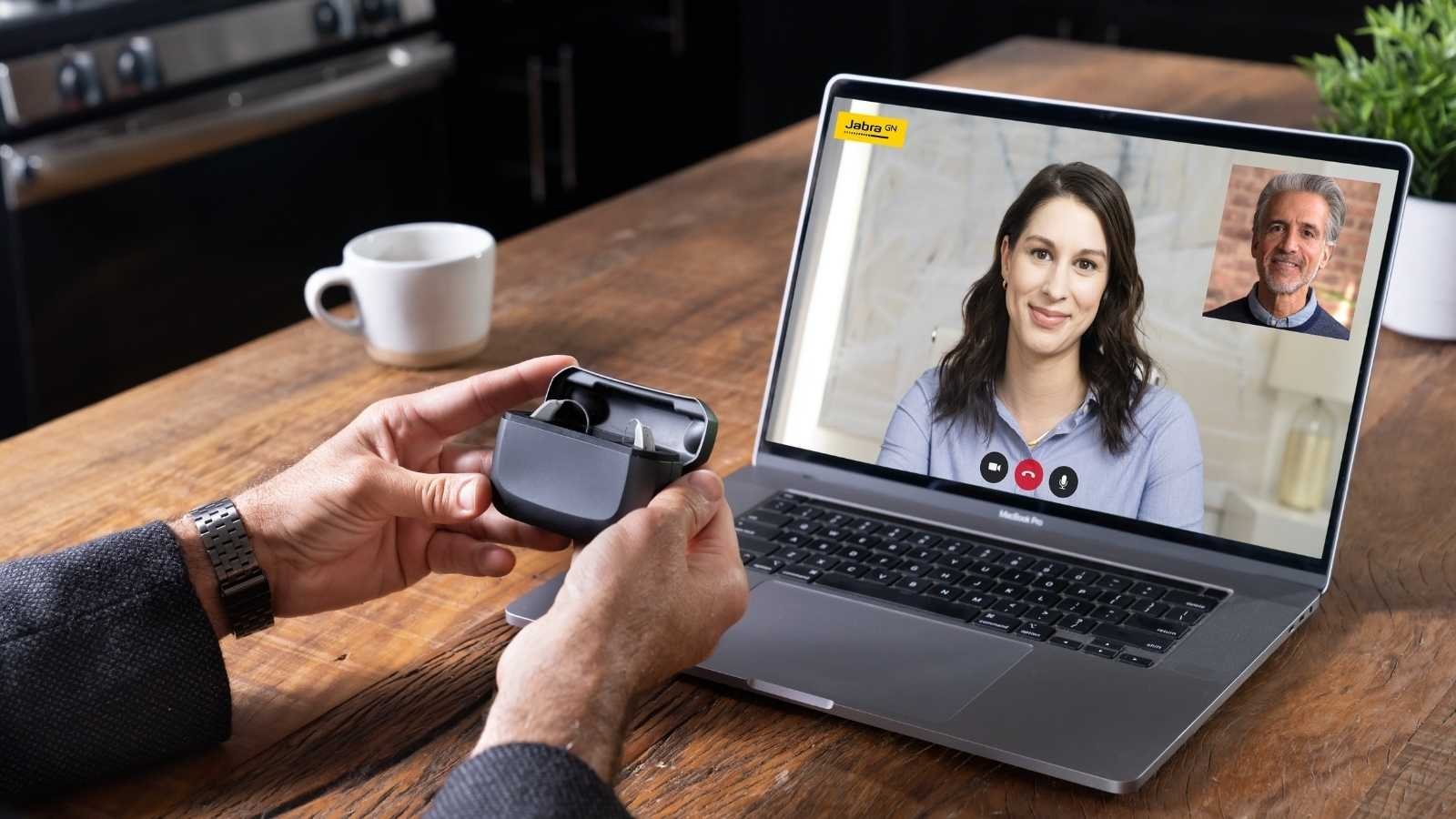
The first alternative is telehealth. Companies like Jabra Enhance and Audicus offer an online test and program their prescription-level hearing aids remotely before shipping them to your home. If you have questions, you can set up a video call or use text or phone calls to get remote adjustments.
Jabra Enhance Select is my favorite telehealth brand for their reasonable pricing and 100-day return policy.
Over-The-Counter
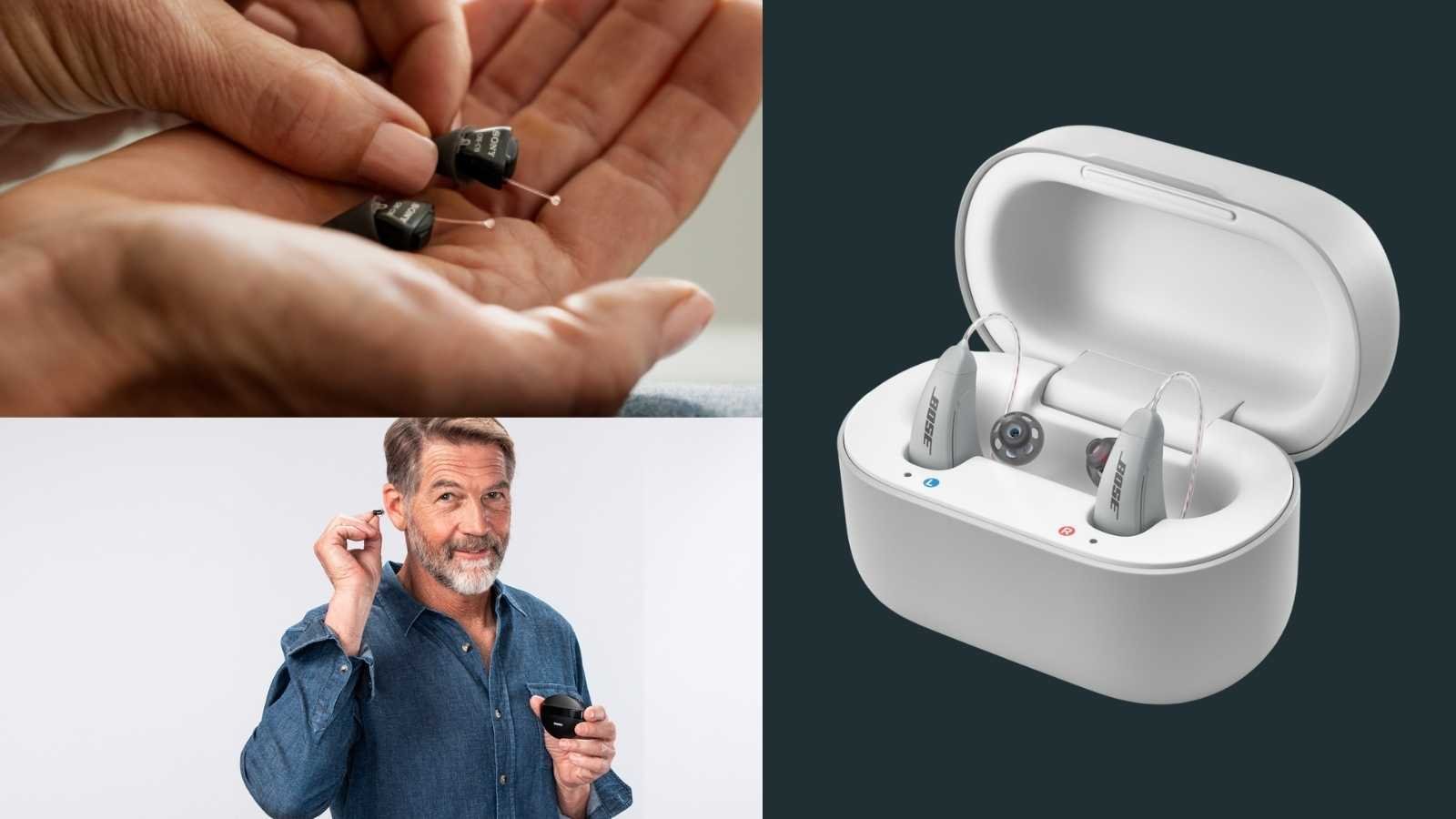
The second care alternative is purchasing over-the-counter (no doctor involved). This path wasn't possible until October 2022 and has quickly grown in popularity due to lower costs and increased flexibility.
OTC hearing aids are purchased online or at a retailer like Walgreens or Walmart and then self-programmed to match your hearing loss using a smartphone.
Bose, Sony, and Jabra have all released OTC products to meet demand in this new market. My favorite OTC product right now is Lexie B2 Powered by Bose.
2. Style and Size Options
People of all ages, including younger adults like myself, are especially interested in the size and form factor of hearing aids. There are generally two groups of hearing aid styles:
Group 1 - Behind The Ear
Sits behind the ear with a wire or tube that comes over the ear and into the ear canal. This group represents 80% of hearing aid wearers because it tends to be the most comfortable and feature-rich. I wear a hearing aid that sits behind my ear and find this style very discreet (basically, no one notices unless I say something).
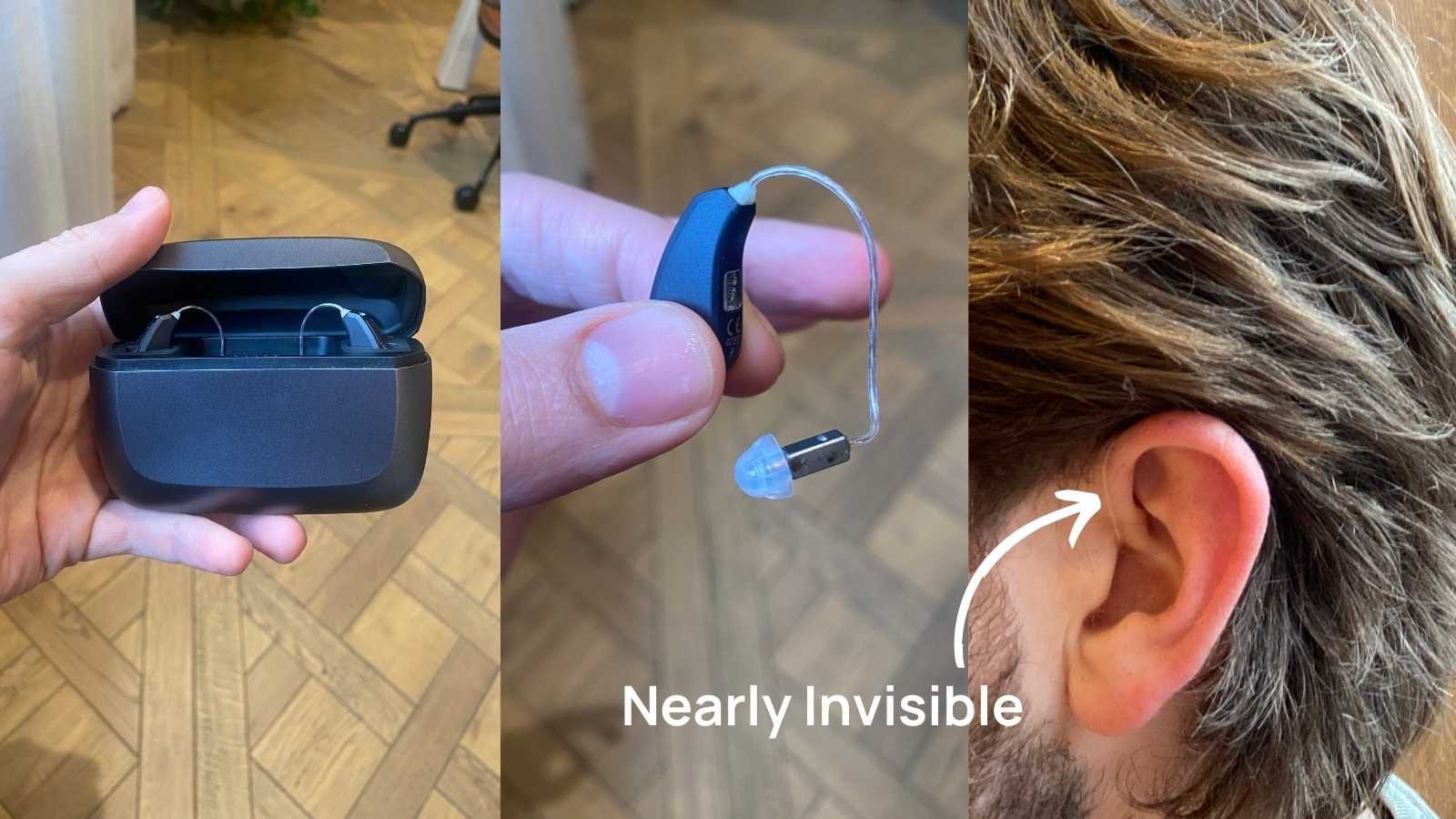
Group 2 - In-The-Ear
Sits inside the ear. Some models are small enough to be entirely invisible in the ear canal. The notion of invisible devices is attractive to some younger wearers who don't want their hearing loss to stand out.
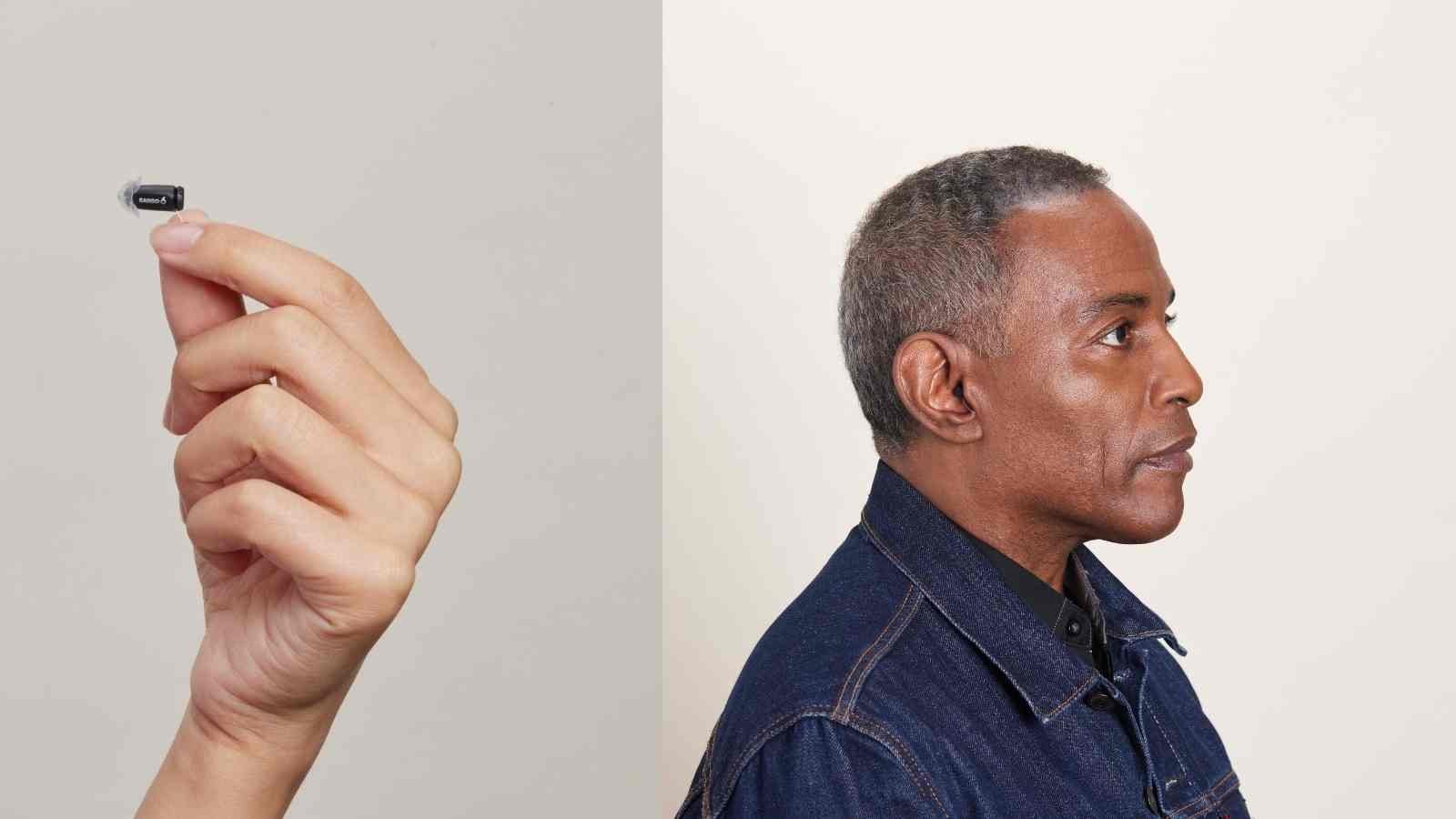
Both styles have their pros and cons.
Starkey Genesis AI Custom or Eargo are two of my favorite in-the-ear options. Neither hearing aid comes with Bluetooth streaming due to the size, and only Eargo offers rechargeable batteries.
ReSound OMNIA and Signia AX are some of the smallest and sleekest behind-the-ear style devices. Both products have Bluetooth streaming and rechargeable batteries.
3. Modern Features
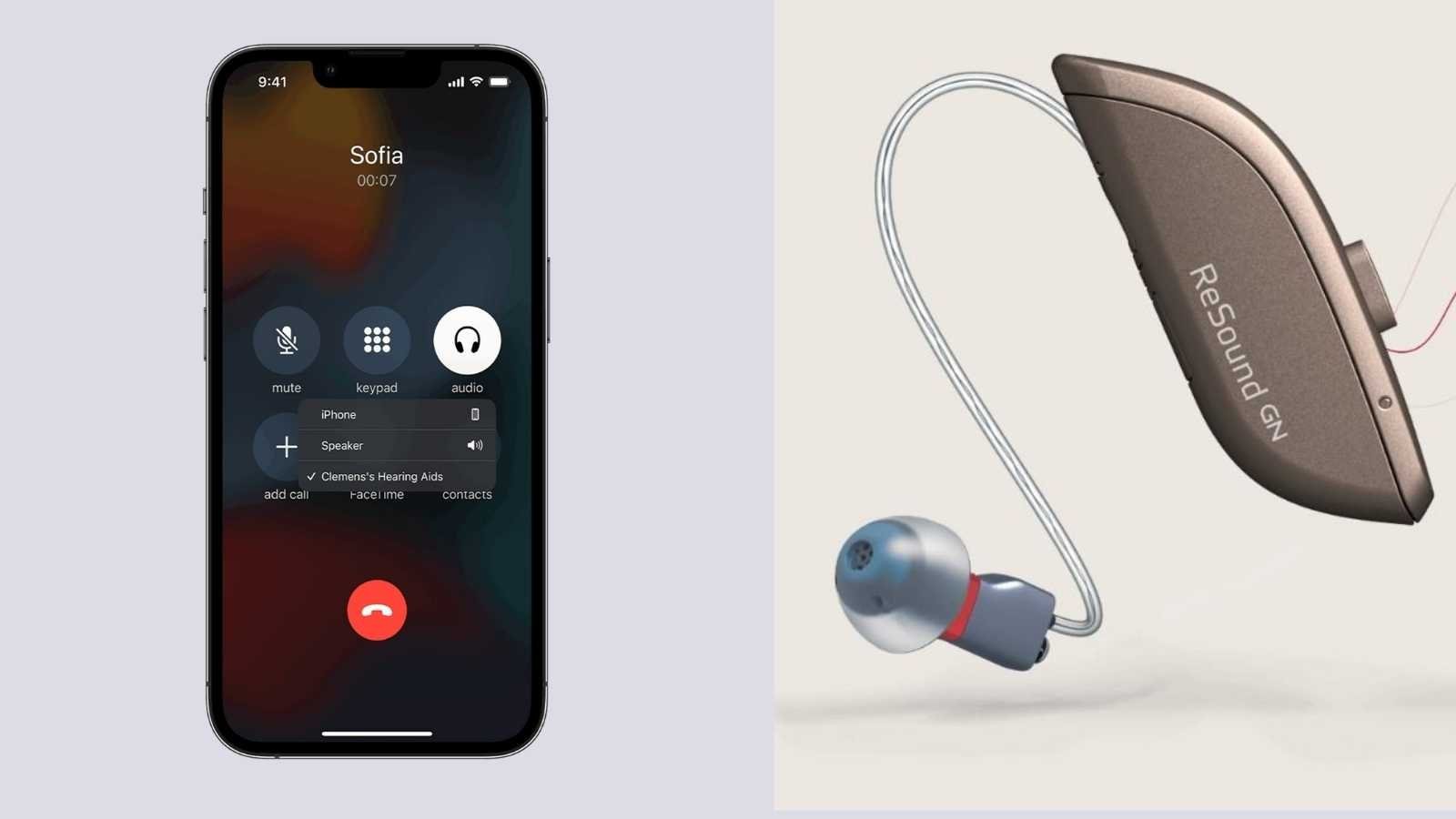
Most premium hearing aids offer Bluetooth streaming, rechargeable batteries, and a smartphone app that allows for volume and program adjustments.
I love my apps, but I find that hearing aids with buttons are helpful for on-the-fly volume adjustments.
As mentioned above, truly invisible hearing aids usually strip out extra features like Bluetooth and rechargeability. Some less expensive OTC hearing aids also leave out Bluetooth and rechargeability to cut costs.
All prescription hearing aids have decent Bluetooth connections, but Phonak Lumity is the leader in this category. Signia Charge&Go AX has the longest battery life at 40 hours.
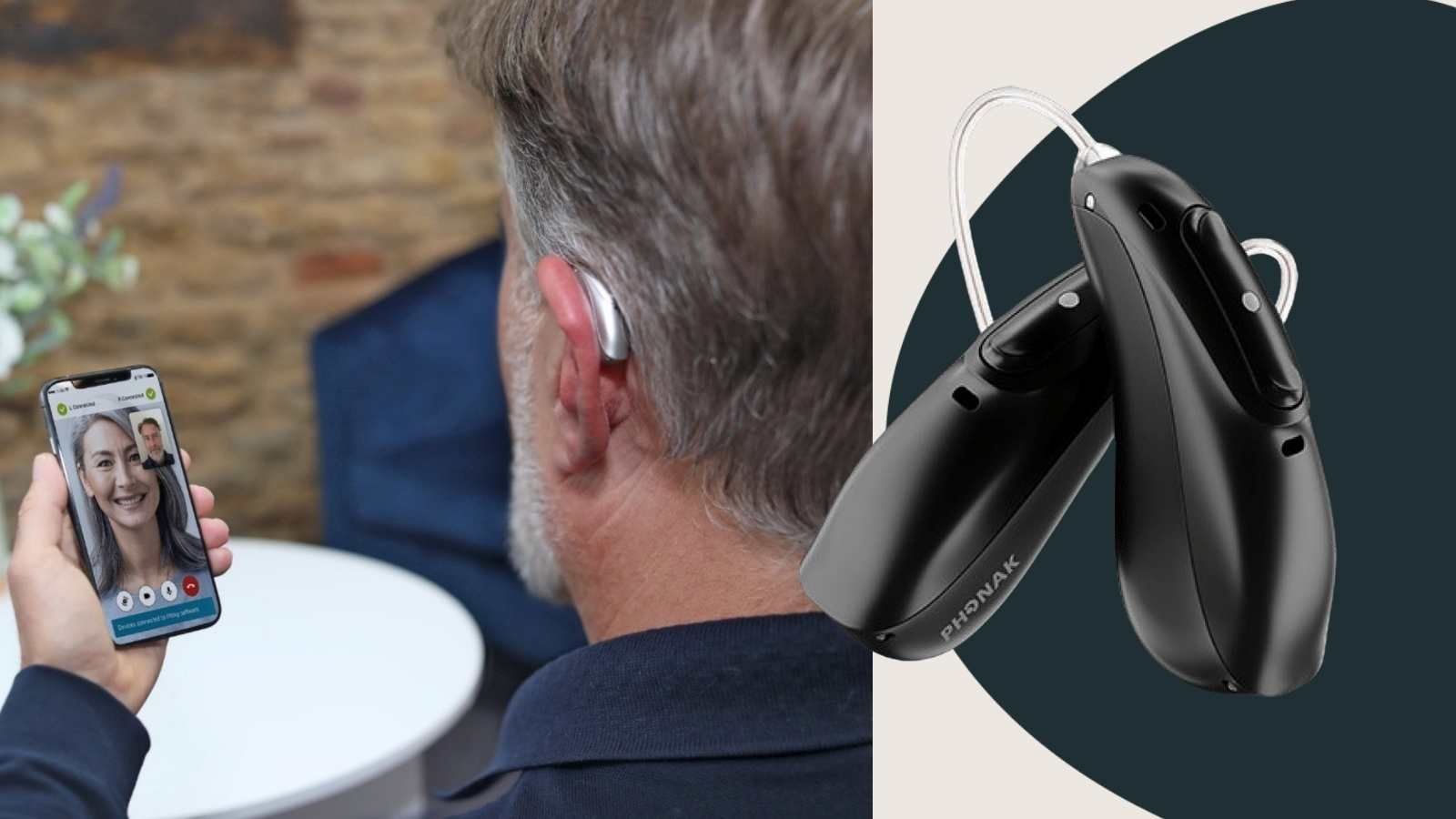
Jabra Enhance Plus is a nice option for someone who wants a hybrid earbud mixed with a hearing aid. The product is not comfortable enough for all-day wear, but it works well for a few hours. Apple AirPods Pro 2 also has some built-in amplification features if you adjust the transparency mode (complete guide here).
Final Thoughts
As a young hearing aid wearer, I can confirm that the devices make a huge difference in challenging listening settings like doctor's appointments, meetings, or in the evening while my 2-year-old is asleep.
Whether you are 25 or 75, hearing health is worth the investment, and, thankfully, the options are better than ever. I hope this guide helps you with your search.

